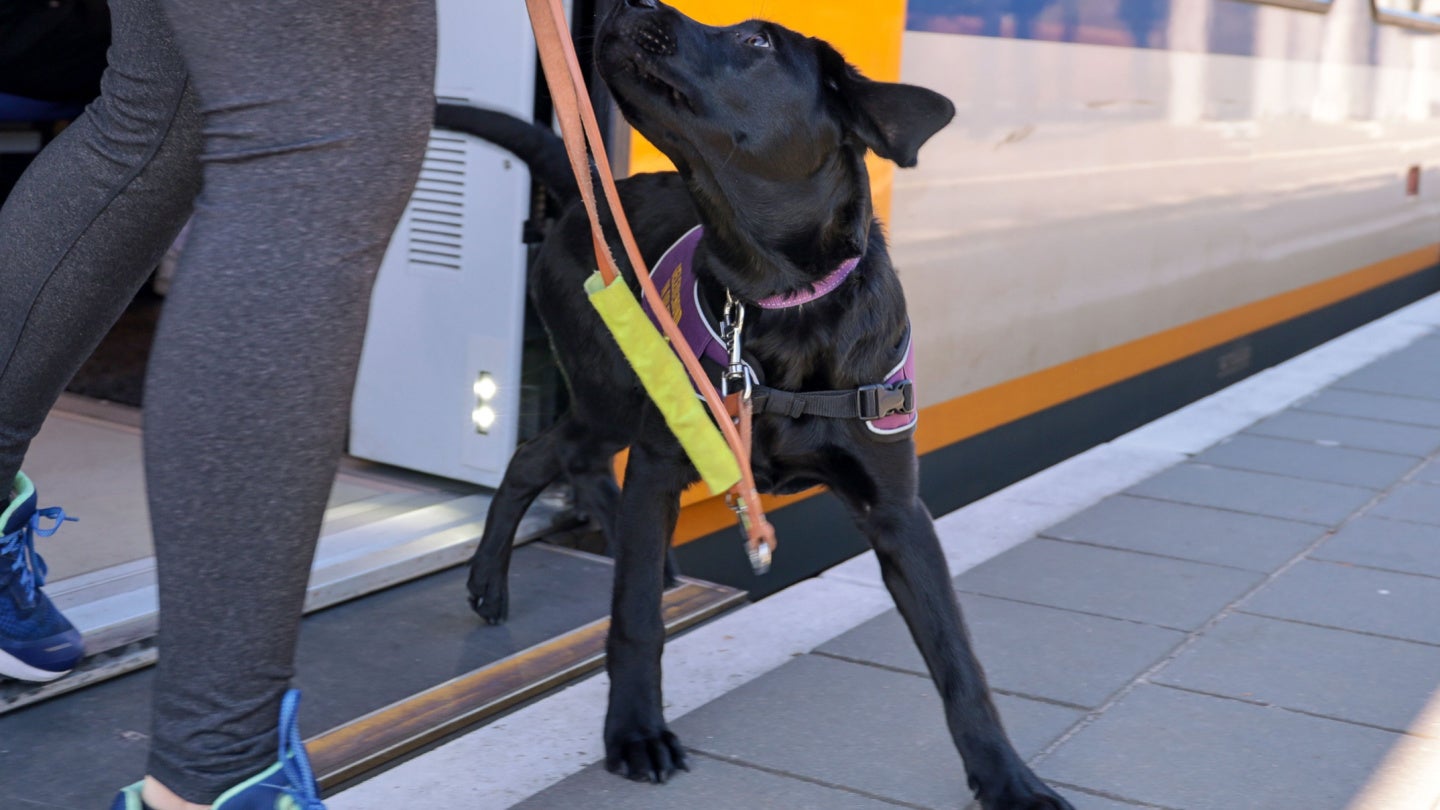
A robot guide dog could lead the way in new assistive technology for blind and partially sighted people, following successful prototype development at the University of Glasgow.
RoboGuide is a four-legged AI robot that is able to help guide people through interior spaces. It can help people with sight problems navigate museums, hospitals and shopping malls with more independence and confidence.

Access deeper industry intelligence
Experience unmatched clarity with a single platform that combines unique data, AI, and human expertise.
The current prototype has been created using off-the-shelf robot parts alongside cutting-edge technology.
The project aims to create a robot that can easily be accessed by the nearly two million people in the UK who are living with blindness or sight loss.
Roboguide has a series of sophisticated sensors on its exterior to map its surroundings, however it also has access to LLM technology making it able to respond to questions with verbal responses.
The University of Glasgow is working on this project alongside the Royal National Institute of Blind People Scotland and the Forth Valley Sensory Centre.

US Tariffs are shifting - will you react or anticipate?
Don’t let policy changes catch you off guard. Stay proactive with real-time data and expert analysis.
By GlobalDataRoboGuide has already guided volunteers around the first floor of Scotland’s oldest museum, the Hunterian, alongside providing commentary to the exhibits.
“We’re pleased to be working closely with the FVSC and RNIB Scotland to test the RoboGuide in real-world environments, and to integrate their feedback into more refined iterations of the technology,” commented Dr Wasim Ahmad, of the James Watt School of Engineering who is the project’s co-investigator.
“Ultimately, our aim is to develop a complete system which can be adapted for use with robots of all shapes and sizes to help blind and partially sighted people in a wide range of indoor situations,” he stated, adding: “we hope that we can create a robust commercial product which can support the visually impaired wherever they might want extra help.”
This research project has been funded by the Engineering and Physical Sciences Research Council as part of UKRI.







